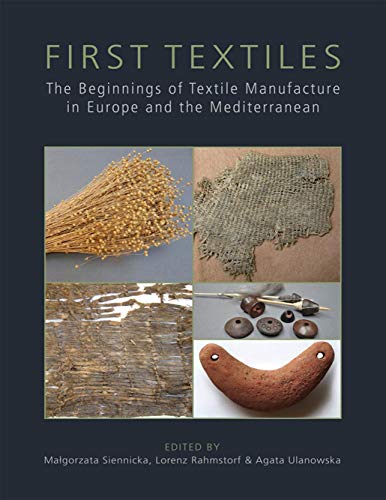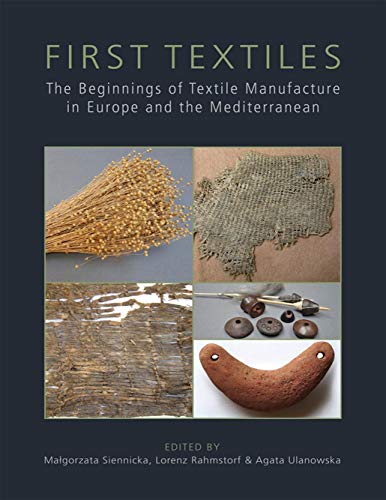First Textiles: The Beginnings of Textile Production in Europe and the Mediterranean: The Beginnings of Textile Manufacture in Europe and the Mediterranean (Ancient Textiles Book 32) is a comprehensive book that delves into the origins and development of textile production in Europe and the Mediterranean region. It provides valuable insights into the early stages of textile manufacture, shedding light on the techniques, materials, and tools used by ancient civilizations to create textiles. This book serves as a valuable resource for historians, archaeologists, and textile enthusiasts, offering a detailed exploration of the cultural and technological aspects of textile production during ancient times. From the early spinning and weaving techniques to the intricate patterns and designs, this book offers a fascinating journey through the rich history of textile manufacturing. Whether you are a scholar or simply curious about the origins of textiles, this book is an essential read that unveils the fascinating world of ancient textile production.
The Beginnings of Textile Production
Textiles have been an integral part of human civilization for thousands of years. From the earliest societies to the present day, textiles have played a crucial role in providing clothing, shelter, and even artistic expression. One of the earliest records of textile production can be found in Europe and the Mediterranean, dating back to ancient times.
First Textiles: The Beginnings of Textile Manufacture in Europe and the Mediterranean is a comprehensive book that delves into the origins of textile production in this region. Written by expert historians and archaeologists, this book sheds light on the techniques, materials, and cultural significance of early textile production.
The book explores the various methods used by ancient civilizations to create textiles, including weaving, spinning, and dyeing. It discusses the types of fibers that were commonly used, such as wool, linen, and silk, and the tools and equipment that were utilized in the process.
One of the key aspects emphasized in the book is the social and economic impact of textile production. It explores how the development of textile manufacture led to the growth of trade networks, the rise of specialized artisan communities, and the establishment of economic systems centered around textile production.
Additionally, the book examines the artistic and cultural significance of textiles in ancient societies. It discusses the use of textiles as a form of personal adornment, as well as their role in religious rituals and ceremonies.
The Beginnings of Textile Production in Europe and the Mediterranean is a captivating read for anyone interested in the history of textiles and the early civilizations that shaped our world. It provides a comprehensive overview of the origins and development of textile production in this region, offering valuable insights into the cultural, social, and economic aspects of ancient societies.
“Origins of Textile Production: Europe and the Mediterranean”
ASIN: B07QDBGVCJ
Publisher: Oxbow Books (December 15, 2017)
Publication date: December 15, 2017
Language: English
File size: 30088 KB
Text-to-Speech: Enabled
Screen Reader: Supported
Enhanced typesetting: Enabled
X-Ray: Not Enabled
Word Wise: Not Enabled
Sticky notes: On Kindle Scribe
Print length: 242 pages



